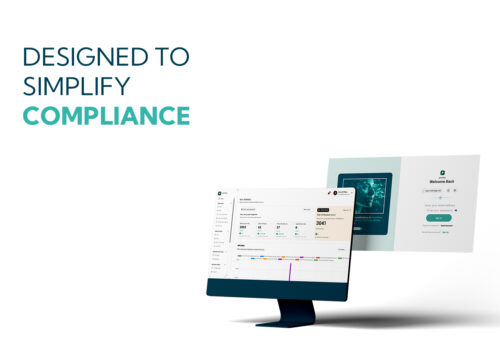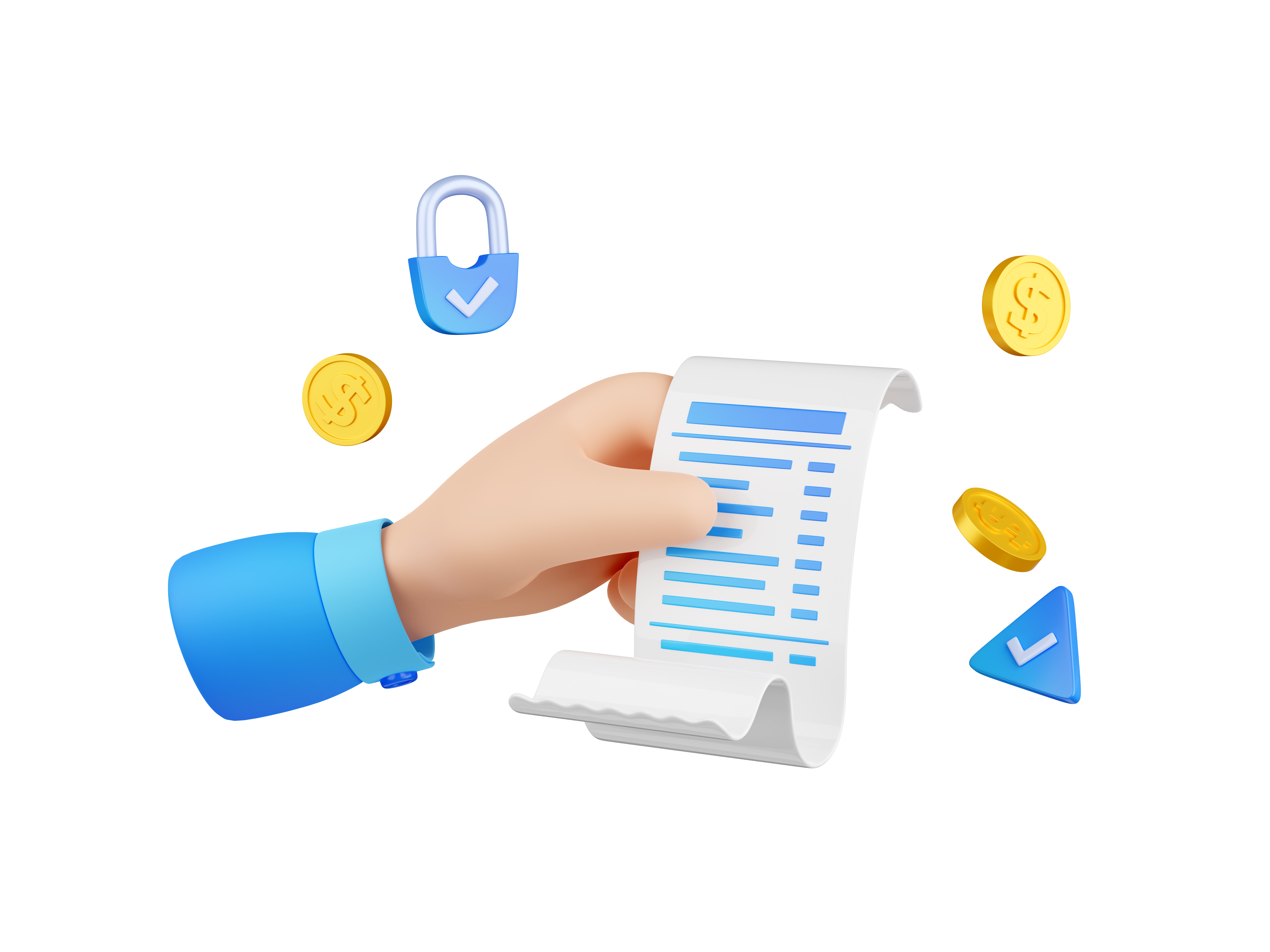Holiday shopping comes with higher transaction volumes, increased marketing messages, and a spike in opportunistic fraud, which affects both shoppers and small businesses. Christmas scams are becoming more sophisticated each year, as scammers are finding clever ways to trick people during the busiest shopping season of the year.
This holiday season, protecting your business and customers requires more than just standard security. It involves using verification and trust-based systems to discover fake transactions, spot fraud early, and reassure customers that they’re safe to shop with you.
This article explores the most common holiday scams, how new technologies contribute to them, and how verification safeguards both businesses and customers by preventing fraud and fostering lasting trust.
What Are the Most Common and Evolving Holiday Scams in 2025?
Christmas scams often take advantage of the season’s rush and high transaction volumes, thereby making it easy to slip past usual safeguards. Businesses must deal with a few common scams because, if unchecked, they can cause significant financial and reputational damage. Below are five of the most common holiday scams and the key warning signs to help your business identify them early.
- Phishing and Business Email Compromise (BEC): Fraudsters exploit the holiday rush by sending fake emails that look like they’re from reliable suppliers, shipping companies, or even internal finance teams. These mails often appear urgent, requesting payment changes, bank account updates, or credential disclosure. These scams can result in diverted payments, delayed shipments, and significant financial loss if your team fails to remain vigilant. Training employees to verify sender details and directly validate any unusual payment requests can prevent costly errors.
- Account Takeover Attacks: Attackers use stolen credentials from a customer or seller to access accounts, place orders, or initiate refunds. ATOs are especially common during the holidays due to increased login activity and reduced monitoring. The impact includes chargebacks, inventory loss, and reputational damage that erode customer trust. Implementing strong fraud detection and verification processes is essential for preventing account takeovers and protecting your business and customers.
- Fake Invoices and Vendor Impersonation: An invoice scam starts with a fake vendor email or a domain that looks nearly identical to a legitimate one, asking for changes to payment details. Finance staff may approve these updates without verifying them due to holiday pressure, which could result in an immediate diversion of funds and a complex recovery. By implementing vendor onboarding procedures, KYB checks, and dual-approval payment controls, businesses can identify impersonation early and avoid financial loss.
- Card-Not-Present Payment Fraud: Scammers make fraudulent purchases online using stolen card details. This scam increases during the holidays when online shopping peaks. Attackers take advantage of weak payment verification systems to conduct illegal purchases. Businesses can reduce risk by using secure payment gateways, multi-factor authentication, and real-time transaction monitoring to detect suspicious activity before it results in loss.
- Fake Storefronts and Refund Scams: Fraudsters create fake storefronts by imitating legitimate businesses and using fake reviews or discounts to trick customers, resulting in financial loss and damaged reputation. Refund scams involve scammers exploiting return policies by sending back damaged, stolen, or counterfeit goods to get refunds or credits they don’t deserve. Businesses can avoid such fraudulent activities by using verified domains, clear refund policies, security certificates, and fraud detection tools.
These scams all depend on urgency and social engineering to succeed. By recognizing their common signs, businesses can avoid holiday scams and block fraud attempts before they happen.
How Is AI Changing Christmas Scam Tactics?
AI has made scams more convincing and context-aware than ever. Fraudsters now use AI to develop personalized phishing messages by using public data, social media posts, and purchase history. Deepfake audio and AI-written emails can even mimic the voice of a loved one or official business messages, making it difficult to detect fraud. Safeguard your business by confirming payment or credential requests through a different channel, like contacting a known number or directly checking account data. Being cautious and using simple identity checks can significantly decrease the likelihood of falling victim to AI scams over the holidays.
How Do Scammers Use Psychological Tricks During the Christmas Season?
Holiday scammers use psychological tricks like urgency, authority, scarcity, and generosity to manipulate their targets. They create a false sense of urgency to force quick decisions, impersonate authority by sending fake official notices, use scarcity to drive impulse buys, and abuse generosity with fake charity appeals. A typical example is a fake charity email with an urgent disaster appeal that demands an immediate donation.
During the holiday, scammers can impersonate your business or a charity by sending fake donation requests that damage your brand and mislead customers. To protect your business and customers, always pause to verify donation requests, and check any fundraising appeals with trusted sources before transferring funds or promoting donations.

How Does Identity Verification Protect Customers and Businesses?
Identity verification techniques like two-factor authentication and payee confirmation, help prevent fraudulent transactions by verifying that the individual making a payment or accessing an account is who they claim to be. Customers benefit from increased security when platforms run extra checks before transferring money. Visible verification checks, like document scans and biometric prompts, also reassure users that a platform takes their safety seriously. It is beneficial for businesses to prioritize platforms that require extra checks for high-value transactions to minimize fraud risks and build customer trust.
How Can Business Verification Protect Holiday Transactions?
When businesses conduct KYB and KYC checks, along with using fraud-detection tools at checkout, they stop fake accounts and reduce costly chargebacks. Payment gateways with risk scoring and vendor verification flag suspicious orders for review, slowing down scammers and protecting businesses. Clear indications to shoppers that a vendor uses these verification methods, such as open policies, verified business names, and clear contact options, build trust and encourage secure purchases. These layered defenses reduce payment fraud, vendor impersonation, and identity theft while maintaining seamless transactions with real clients.
How Does Verification Help Build Customer Trust During the Holiday Season?
Verification tools give clear signals that shoppers use to verify a business’s identity, which reduces hesitation and prevents fraud before payments are made. Visible trust badges, two-factor authentication, verified website certificates, and business identity verification all serve as trust anchors. These signals lower buyer uncertainty and deter opportunistic scammers during the busy holiday period. Clear verification measures boost conversion confidence while cutting down on chargebacks and fraud loss for businesses, making verification both a customer protection and a business benefit.
The holiday season brings amazing opportunities for businesses, but along with it is a surge in scams that exploit trust and urgency. From AI-powered phishing to fake online stores, fraudsters are coming up with new ways to take advantage of their targets. Businesses that invest in verification like KYC, KYB, and identity checks can prevent losses, protect transactions, and assure customers that they can shop securely.
Although the holiday rush may end, the need for trust and security to strengthen relationships continues year-round. With trusted verification partners like Prembly, businesses can confidently safeguard their brand, secure customer data, and focus on growth this season and beyond.







